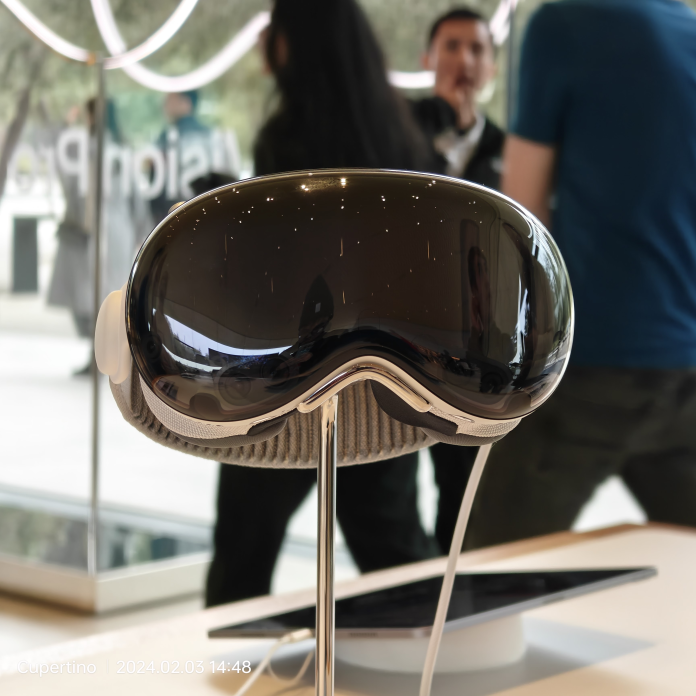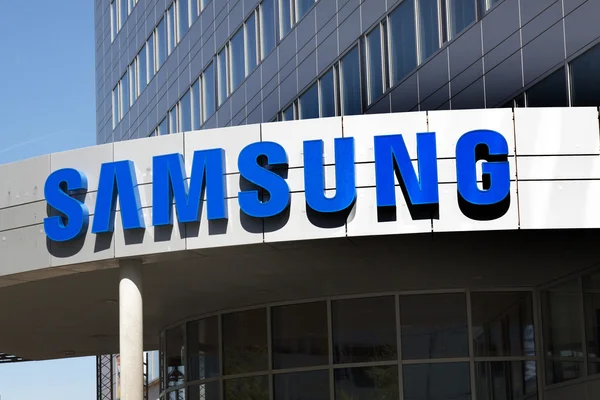
It’s not every year that Samsung has three Unpacked events, but 2025 is shaping up to be the exception. On September 29 in Seoul, the company will unveil a trio of devices that push the boundaries of mobile engineering: a tri-fold phone, the years-in-the-making Project Moohan XR headset, and AI-powered smart glasses with the codename Project Haean. They each represent a different breakthrough in hardware design and integration, and together they point to Samsung’s desire to dominate the future of mobile form factors.
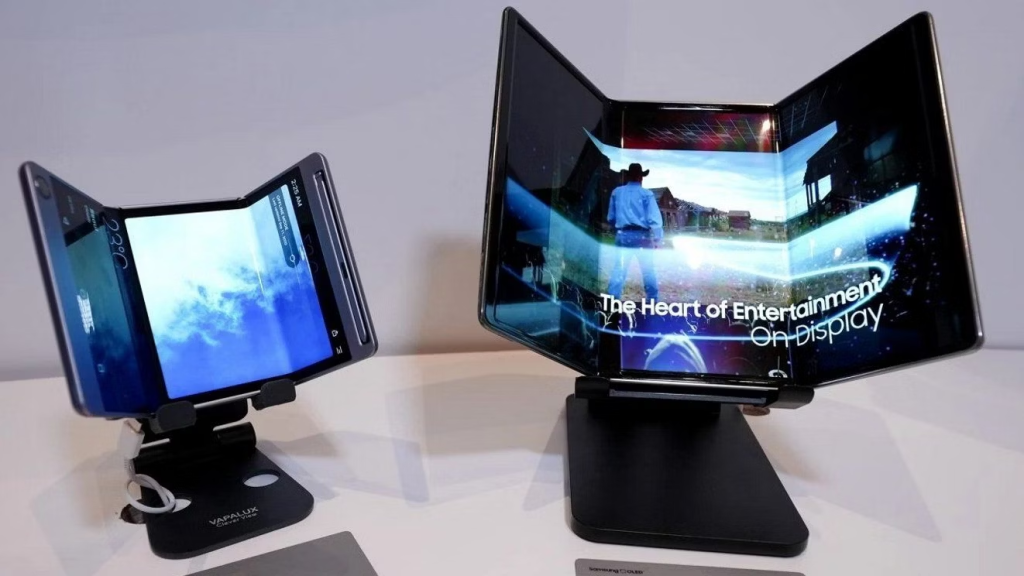
1. Galaxy Tri-Fold: Designing a Three-Panel Future
Samsung’s tri-fold phone, developed internally under the codename “Multifold 7” and reported to be hitting store shelves as the Galaxy G Fold, features a groundbreaking G-shaped fold system featuring two different sizes inward-folding hinges. This is not asymmetry of beauty but an intentional engineering trade-off to prevent screen damage by way of unbalanced pressure while still folding the device in two. The outer display sits on the mid-panel, giving a standard smartphone experience when closed, and all of the unfolded length is nearly 9.9 inches, giving tablet-class space in pocket-friendly form.
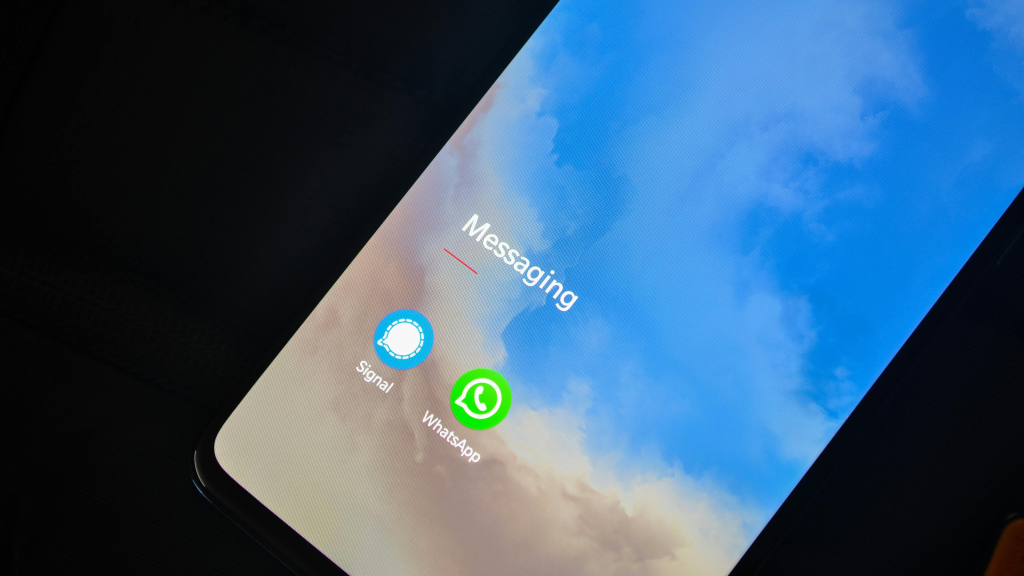
Powered by Qualcomm Snapdragon 8 Elite, the tri-fold is designed to fluidly enjoy app continuity between the three panels, with One UI 8 animations giving a demonstration of how the NFC antenna has been placed and a caution against first folding the camera side. Wireless charging, reverse charging, and Qi2 magnetic alignment are integrated an elegant challenge given the multi-hinge design. The right-most panel houses a triple-camera array akin to the Z Fold 6, while the center panel’s cover display includes a selfie camera. Samsung’s decision to forgo under-display cameras here prioritizes optical quality over novelty.
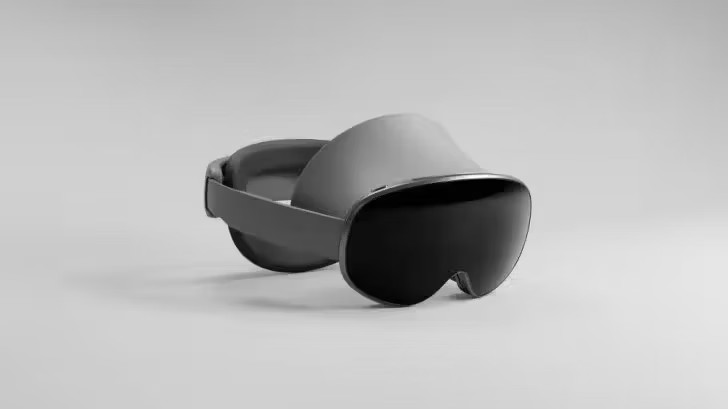
2. Project Moohan: Samsung’s Android XR Flagship
Project Moohan, designed with Google and Qualcomm, is the first headset to be driven by Android XR and incorporate Google’s Gemini AI deeply integrated. Pre-launch demos showed Sony 4K micro-OLED displays offering 3,552 × 3,840 resolution at 90 Hz, 1,000-nit, and 96% DCI-P3 color space. Hand-tracking controls, low-latency pinch, and AI-based navigation are driven by Snapdragon XR2+ Gen 2 chip.
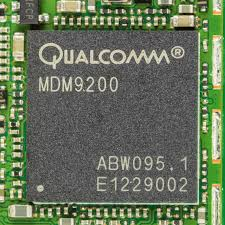
Critics noted that Moohan’s weight distribution and more compact build than Apple’s Vision Pro offer a more comfortable sensation for extended periods of wear. Two to three hours of run time comes from an attached external battery pack, suggesting consideration for fixed or semi-mobile purposes. Any Android application from the Google Play store is supported, and Gemini can re-configure virtual workspaces or provide contextual data offloading query processing on-device to out-pace smart glasses’ response times.
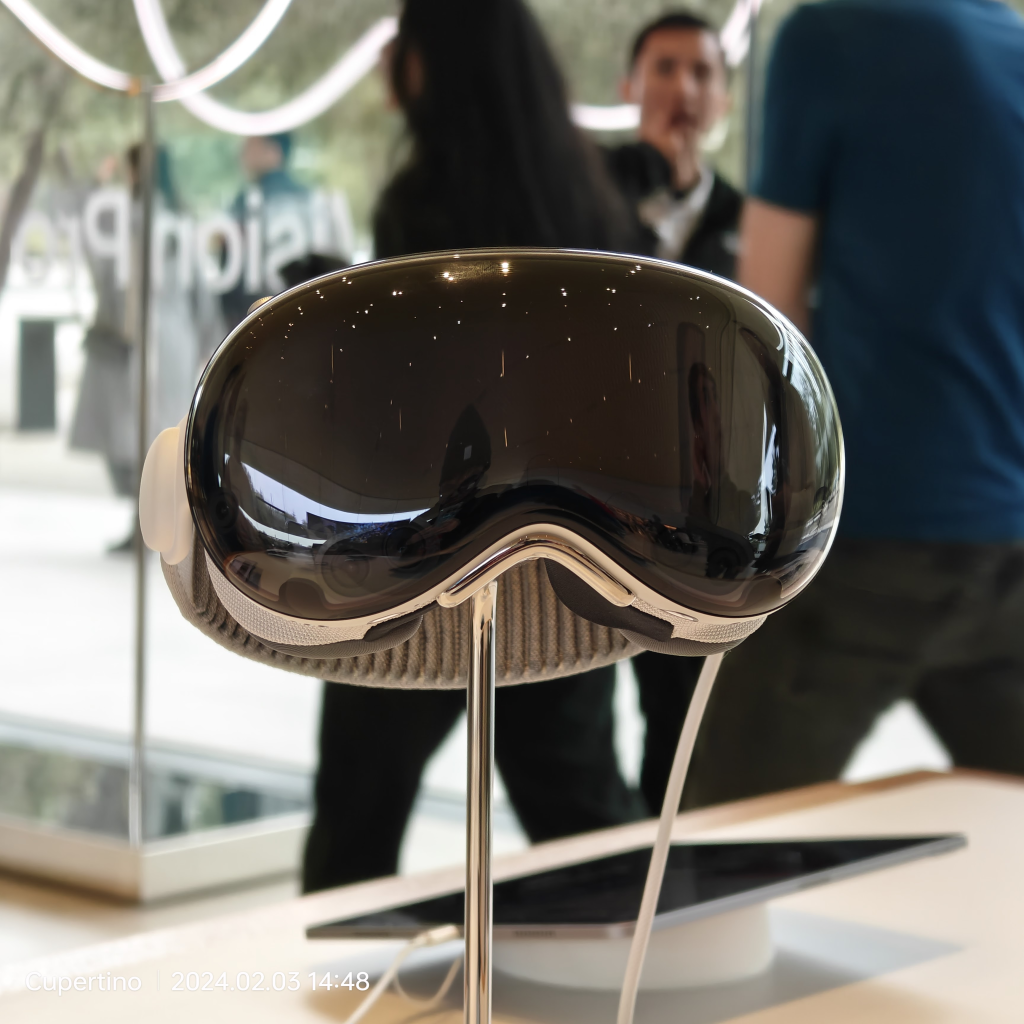
3. Project Haean: AI Smart Glasses featuring Qualcomm AR1
Samsung’s venture into smart glasses, Project Haean, will cut straight into Meta’s Ray-Ban line. Audio-only glasses are based on Qualcomm’s AR1 chip for AI-enabled wearables that will execute low-power always-on voice processing and contextual assistance. Fueled by Android XR, it should closely integrate into the Galaxy ecosystem, enabling voice-controlled calling, music streaming, real-time translation, and object recognition.
AR1 is optimized for thin, light devices with custom AI acceleration blocks to deliver natural language commands and scene understanding apart from a companion smartphone. This allows uninterrupted AI assistance without affecting battery life in a form factor that’s almost indistinguishable from normal eyewear.
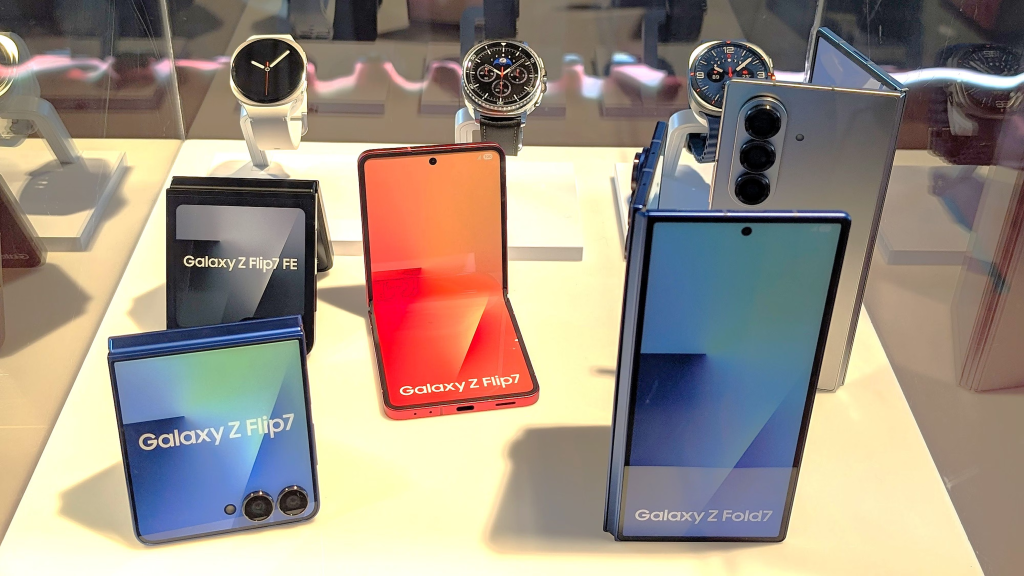
4. Strategic Import of a Third Unpacked
“This allows the company to shine a light on these riskier bets and new, more test-and-learn platforms without taking attention away from product lines that are likely to have higher volume,” said Anshel Sag, Principal Analyst at Moor Insights & Strategy. By having the launch isolated from mass-market devices such as the Flip7 and Fold7, Samsung is able to allocate stage time to explain the technical and experiential value of its XR and tri-fold innovations.
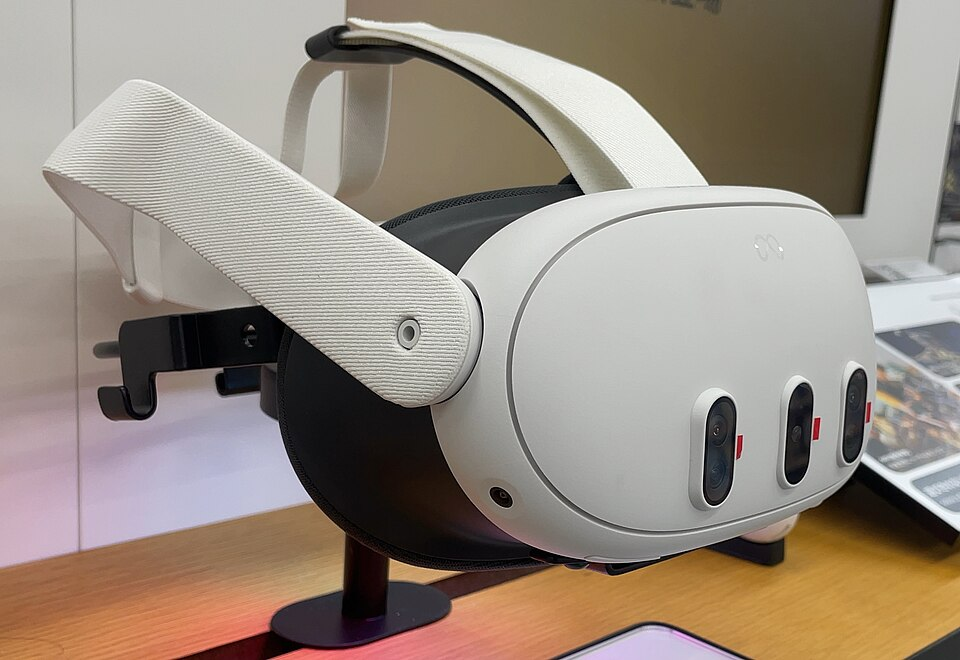
5. Apple and Meta Competition
The tri-fold will come out ahead of any foldable iPhone, giving Samsung several years of headroom on advanced folding form factors. Project Moohan comes to market at a price level below Apple’s $3,500 Vision Pro but above Meta’s Quest 3, targeting a niche of high-end productivity and entertainment. Project Haean upends Meta’s dominance in smart eyewear by drawing on Samsung’s hardware-software synergy and Qualcomm’s new AR silicon.
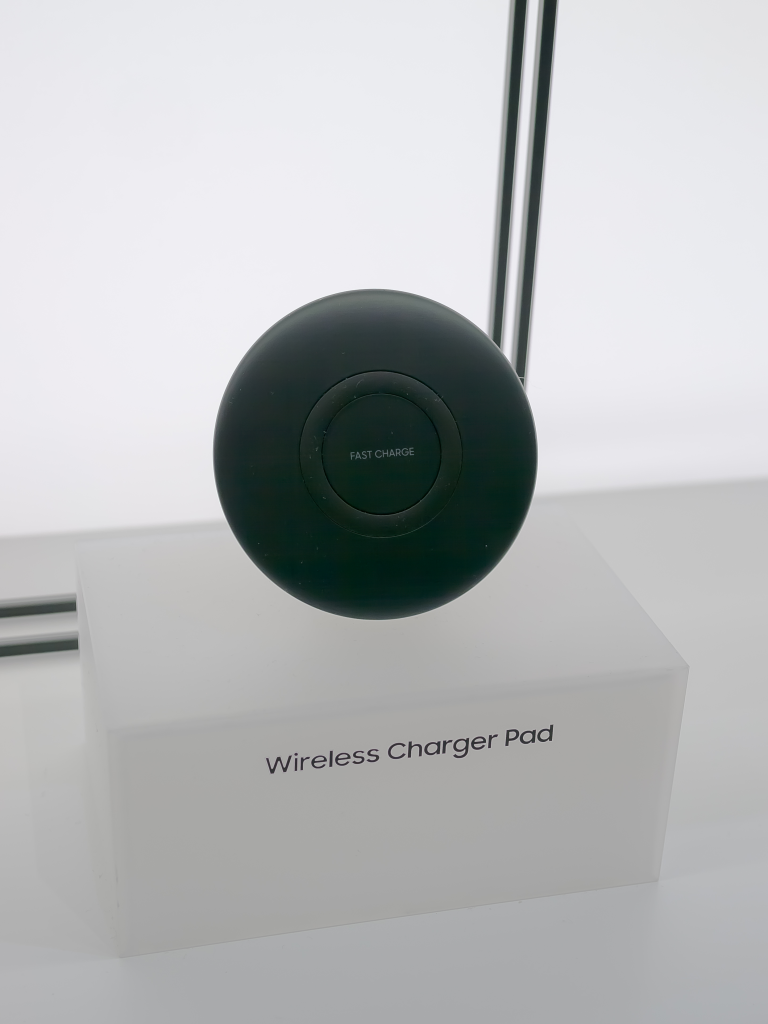
6. Engineering Trade-Offs and Solutions
From wireless charging coil placement to hinge geometry, all devices are the product of deliberate engineering trade-offs. The tri-fold’s staggered-hinge sizes address triple-panel-specific thickness and stress issues. Mohan’s battery pack balances headset weight in exchange for high-performance display capability. Project Haean’s application of AR1 enables AI responsiveness at the thermal and power expense of more general-purpose processors.
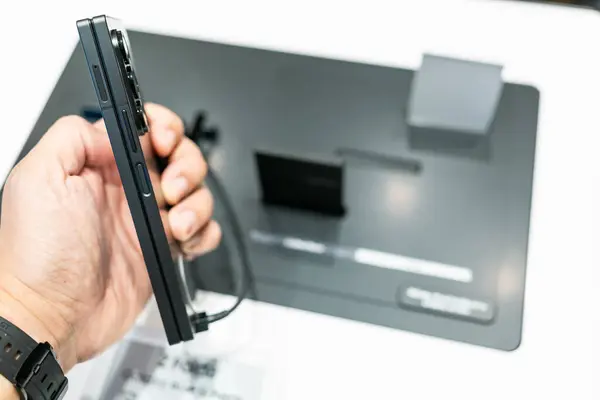
7. Market Launch and Availability
According to Korea reports, the Project Moohan will launch first in South Korea on October 13, followed by the tri-fold in a few months. The Project Haean will be launched within 2025, though opening markets have not yet been established. Low runs of production about 200,000 units for the tri-fold suggest cautious, data-driven expansion of these test segments.
By launching three aggressive hardware products under one umbrella, Samsung is not only innovating within established categories it is attempting to define the future of mobile and wearable computing by engineering skill, platform balance, and informed market timing.
